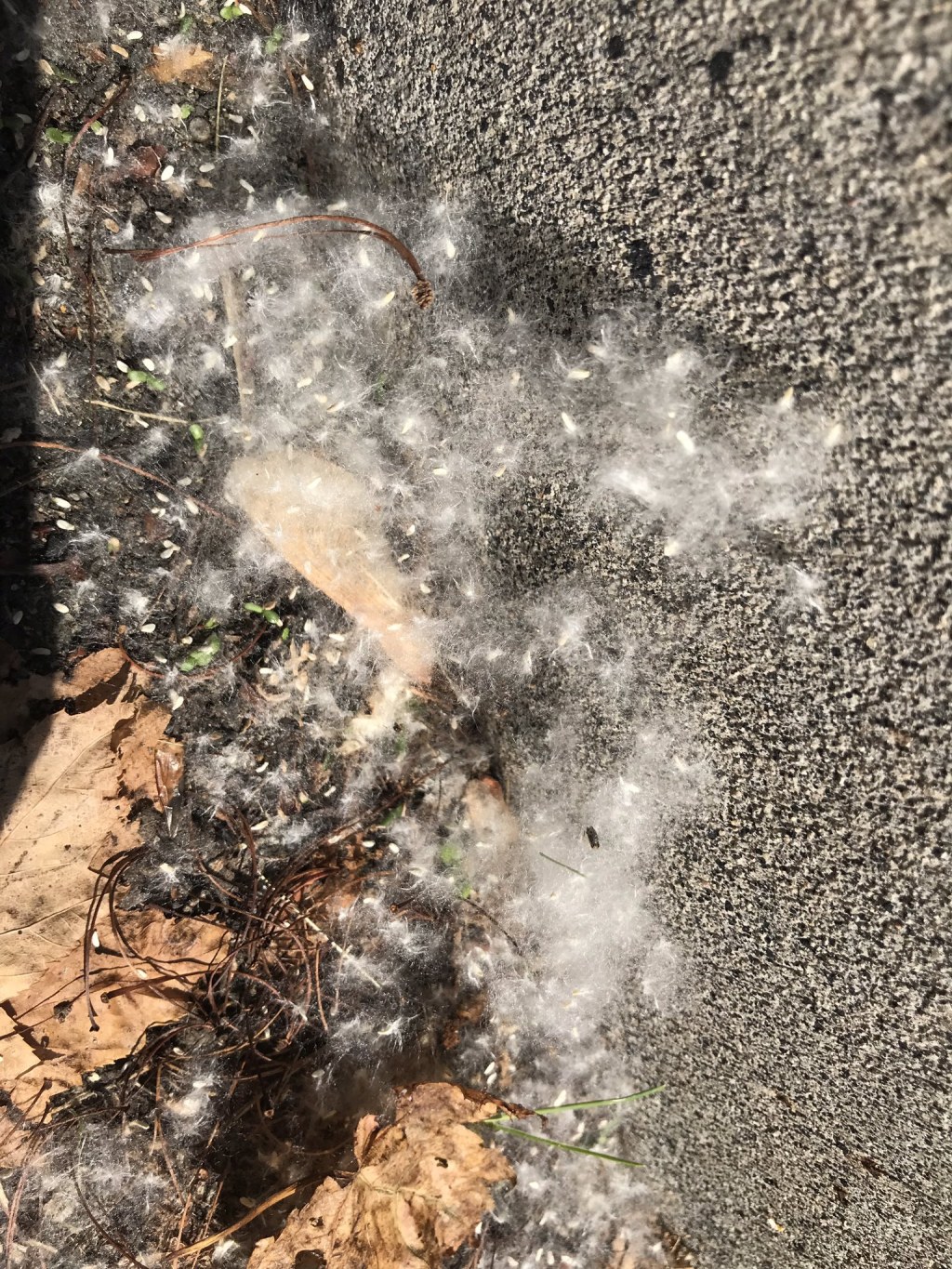Experience The Enchanting White Stuff In The Air: Click Now For A Mesmerizing Journey
White Stuff in the Air
Introduction
Welcome, Creative Peoples! Today, we will be discussing a fascinating phenomenon that has captured the attention of scientists and the general public alike – the mysterious white stuff in the air. This article aims to provide you with a comprehensive overview of this phenomenon, its causes, effects, and potential implications. So, let’s dive in and unravel the secrets of this enigmatic substance.
3 Picture Gallery: Experience The Enchanting White Stuff In The Air: Click Now For A Mesmerizing Journey



What is the white stuff in the air?

Image Source: arcpublishing.com
The white stuff in the air refers to the presence of tiny particles suspended in the atmosphere, giving it a hazy or milky appearance. These particles can range in size and composition, and they can come from various sources, both natural and human-made.
Who is affected by the white stuff in the air?
The white stuff in the air can impact a wide range of individuals, from urban dwellers to rural communities. It can affect people of all ages, particularly those with respiratory conditions such as asthma and allergies. Additionally, the white stuff in the air can have implications for the environment, agriculture, and transportation systems.
When does the white stuff in the air occur?

Image Source: weigelbroadcasting.com
The occurrence of the white stuff in the air can vary depending on the geographic location and weather conditions. In some areas, it may be more prevalent during specific seasons or times of the day. Factors such as temperature, humidity, wind patterns, and pollution levels can influence the presence and intensity of the white stuff in the air.
Where does the white stuff in the air come from?
The white stuff in the air can originate from both natural and anthropogenic sources. Natural sources include volcanic eruptions, dust storms, pollen, and spores. On the other hand, human activities such as industrial processes, vehicle emissions, and agricultural practices contribute to the presence of the white stuff in the air.
Why is the white stuff in the air a concern?

Image Source: arcpublishing.com
The white stuff in the air can have significant implications for human health, the environment, and various industries. When inhaled, these particles can penetrate deep into the respiratory system, leading to respiratory issues and exacerbating existing conditions. Additionally, the white stuff in the air can reduce visibility, impact air quality, and contribute to climate change.
How does the white stuff in the air form?
The formation of the white stuff in the air is a complex process influenced by numerous factors. It involves the release of particles into the atmosphere, their suspension, and their interaction with other substances present in the air. These interactions can lead to the formation of haze, fog, or smog, depending on the specific conditions.
Advantages and Disadvantages of the white stuff in the air
Advantages
1. Natural Cooling Effect: The presence of the white stuff in the air can have a cooling effect by reflecting sunlight back into space, reducing the temperature at the surface.
2. Agricultural Benefits: Certain particles in the white stuff in the air, such as sulfate aerosols, can enhance cloud formation and precipitation, benefiting agricultural activities.
3. Atmospheric Cleansing: The white stuff in the air can help to cleanse the atmosphere by removing pollutants through processes like wet and dry deposition.
Disadvantages
1. Health Risks: Inhaling the white stuff in the air can have detrimental effects on respiratory health, particularly for vulnerable individuals such as children, the elderly, and those with pre-existing conditions.
2. Reduced Visibility: High concentrations of the white stuff in the air can significantly reduce visibility, posing risks for transportation and navigation.
3. Environmental Impact: The white stuff in the air can contribute to environmental degradation, including acid rain formation and interference with ecosystems.
Frequently Asked Questions (FAQs)
1. Is the white stuff in the air harmful to human health?
While the white stuff in the air can have adverse effects on human health, the severity depends on various factors such as particle composition, concentration, and individual susceptibility. It is crucial to minimize exposure and take necessary precautions, especially for those with respiratory conditions.
2. Can the white stuff in the air be completely eliminated?
Given that the white stuff in the air originates from both natural and human-made sources, complete elimination is not feasible. However, measures can be taken to reduce its presence and mitigate associated risks through improved air quality standards and sustainable practices.
3. How does the white stuff in the air affect the environment?
The white stuff in the air can have adverse effects on the environment, including reduced visibility, acidification of water bodies, and damage to vegetation. It can also impact ecosystems by altering natural processes and affecting wildlife habitats.
4. Can the white stuff in the air cause climate change?
The white stuff in the air can contribute to climate change by acting as both cooling and warming agents. While certain particles can reflect sunlight, leading to cooling effects, others, such as black carbon, can absorb sunlight and contribute to warming.
5. How can individuals protect themselves from the white stuff in the air?
To minimize exposure to the white stuff in the air, individuals can take several measures, including staying indoors during high pollution episodes, using air purifiers, wearing masks, and regularly monitoring air quality indexes.
Conclusion
In conclusion, the white stuff in the air is a phenomenon that warrants attention due to its potential impacts on human health, the environment, and various industries. Understanding its causes, effects, and implications is crucial in developing strategies to mitigate risks and promote sustainable practices. By staying informed and taking necessary precautions, we can contribute to a healthier and cleaner atmosphere for ourselves and future generations.
Final Remarks
The information presented in this article aims to provide a comprehensive overview of the white stuff in the air. It is important to note that scientific research on this topic is continually evolving, and new findings may emerge in the future. Therefore, it is advisable to stay updated with the latest information from reputable sources and consult experts for specific concerns or inquiries. Together, we can strive towards a better understanding and management of the white stuff in the air.
This post topic: Stuff


